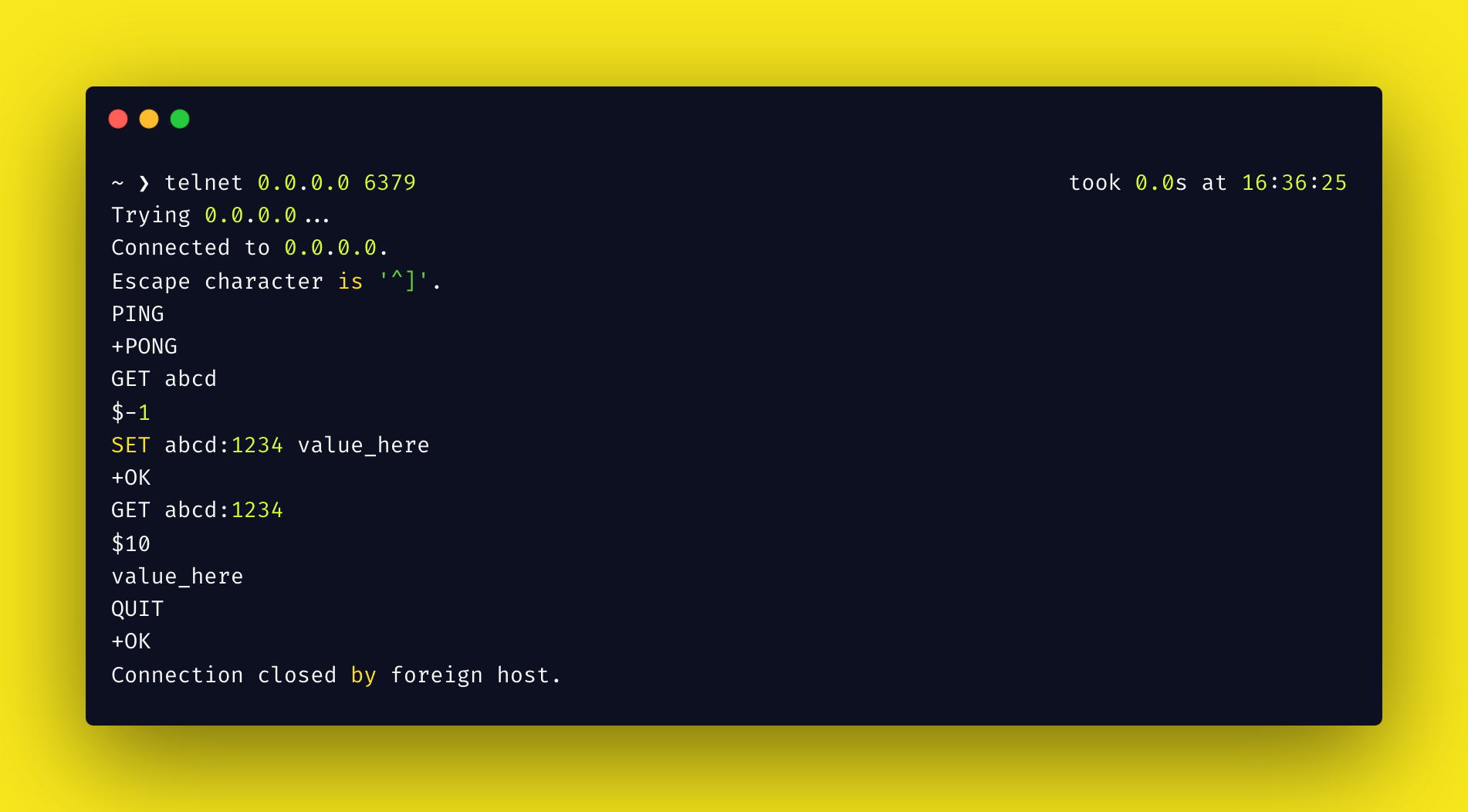Redis without the CLI (or the GUI)
While running some scripts to clear cache, a thought occured to me to experiment this mundane work. Every single time its the same story whenever i want to clear some keys from redis. It starts with consolidating the list of keys and then decide on whether to delete them with DEL or UNLINK. I know there is probably no way around the delete aspect, but I figured maybe I could try and issue the commands to redis directly without the help of the CLI. Born out of sheer laziness, I realised redis must be using a prootocol to accept commands.
Redis Serialization Protocol (RESP)
Redis uses a protocol called the Redis Serialization Protocol (RESP), which is a simple text-based protocol that allows clients to send commands to the server and receive responses. The protocol is designed to be human-readable and easy to parse. When you use Telnet to connect to a Redis server, you’re essentially opening a raw socket connection to the Redis server’s port. You can then manually type in Redis commands following the RESP format.
The basic structure of a Redis command is:
*<number of arguments>\r\n$<length of argument>\r\n<argument>\r\n
For example, the command SET key value in RESP format would look like:
*3\r\n$3\r\nSET\r\n$3\r\nkey\r\n$5\r\nvalue\r\n
Here’s a breakdown of how it works:
*3: The asterisk followed by the number indicates the number of arguments in the command.$3: The dollar sign followed by the number indicates the length of the argument that follows.\r\n: Represents a newline character, indicating the end of a line.SET,key,value: These are the actual arguments of the Redis command.
When you type this manually using Telnet, you’re essentially constructing the RESP-formatted command and sending it to the Redis server. The server processes your command and sends back a response in the same RESP format.

Alternative approaches
Outside of telnet, any other tool capable of handling network connections and read/write data via TCP can help with this. One popular tool is netcat, which can also send and receive data. The only downside of using netcat for this operation is that telnet can be interactive, but netcat needs all the commands to be parsed and sent after establishing the connection.
Suggested Reading
Redis Protocol - This is the official spec for the redis protocol, would recommend reading the section High-performance parser for the Redis protocol if you’re interested in writing your own redis client.